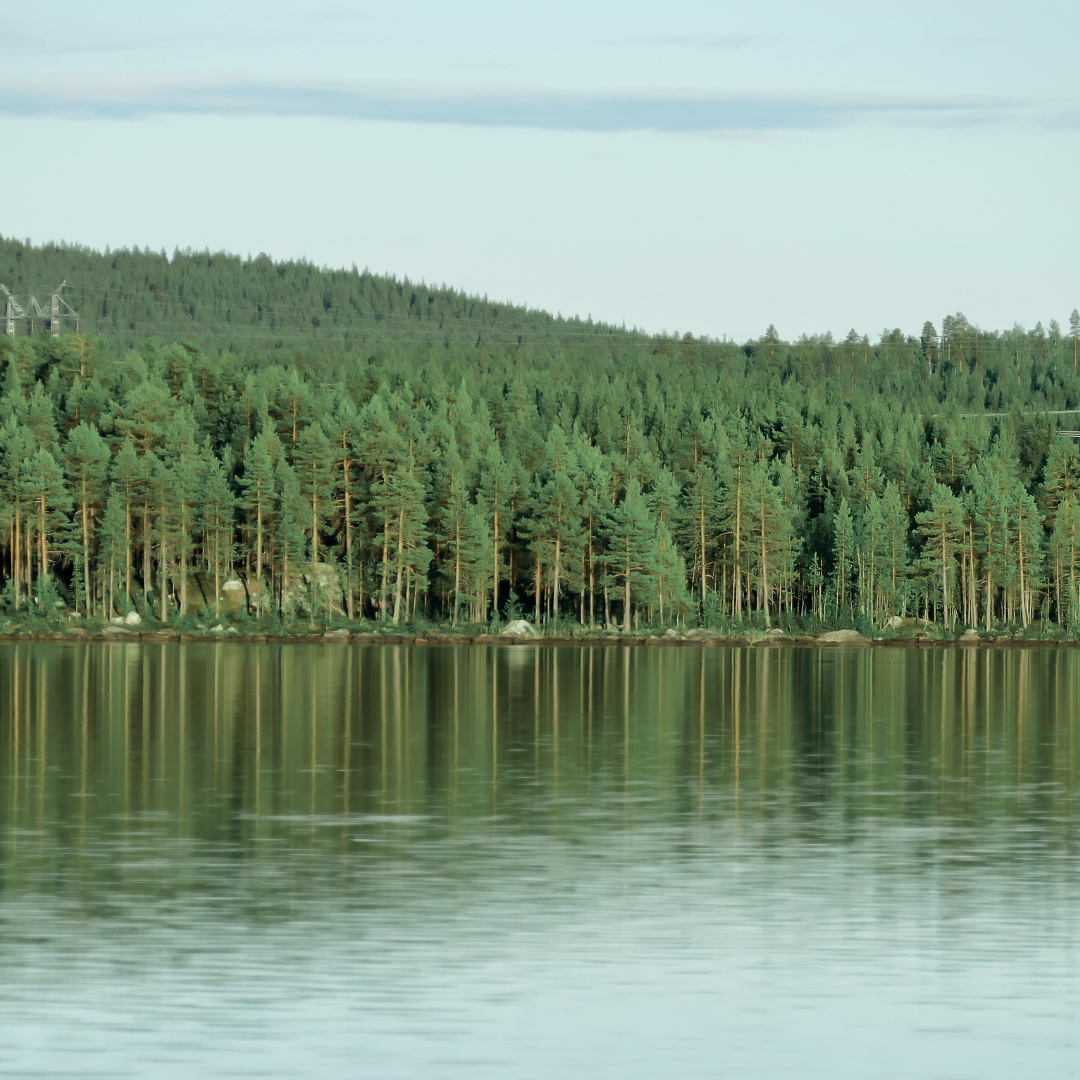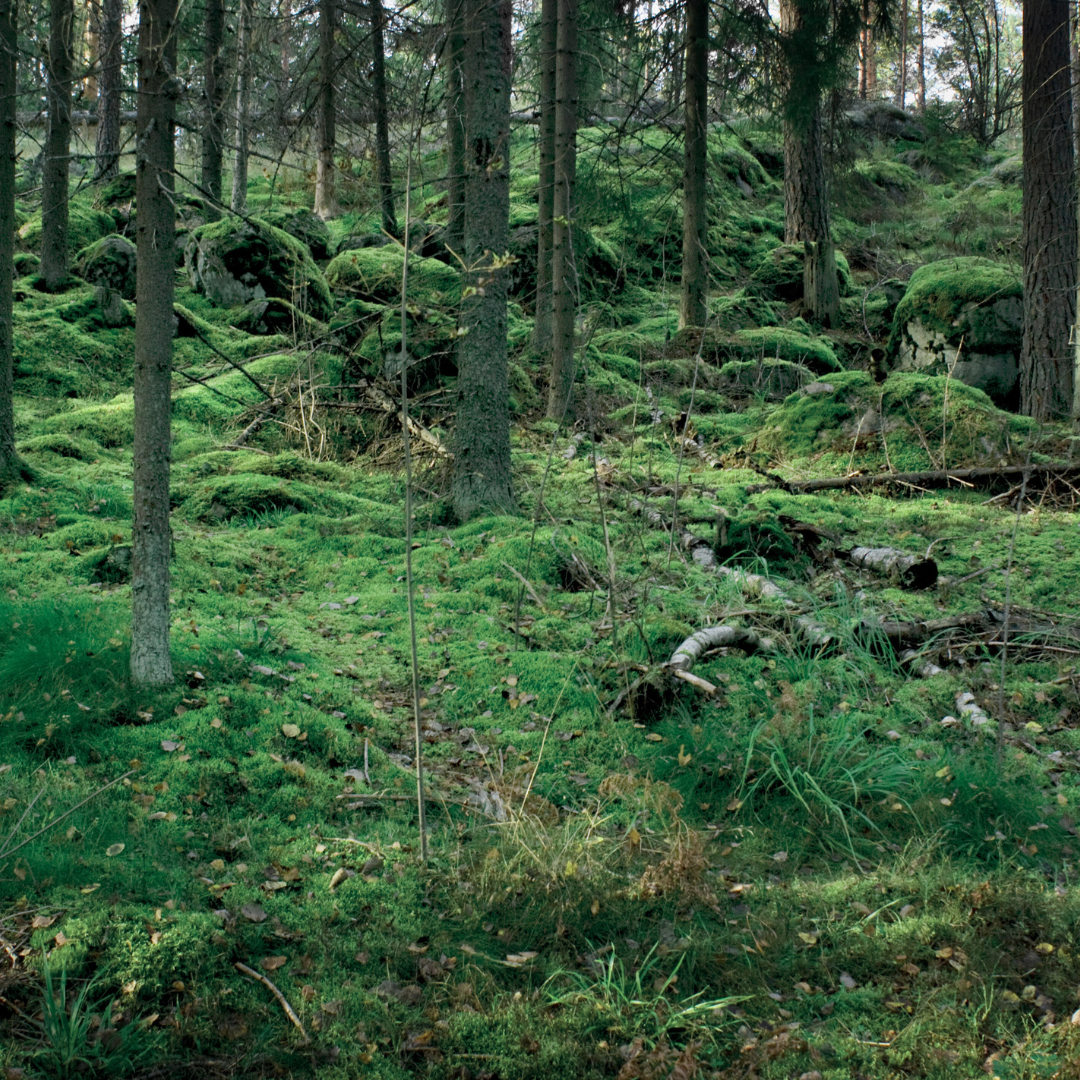The proof is in the forest: what the data say about arGrow

For anyone who has ever planted a tree, patience is part of the process. You wait years to see if it will take, decades to see if it will thrive. But even with all that patience, one thing remains frustratingly unpredictable: how well young trees actually survive their first years in the forest.
In northern Europe’s reforestation programs, where millions of pine, spruce, and birch seedlings are planted every season, small improvements in survival and growth can mean enormous differences over time. That’s what motivated the development of arGrow — a new, arginine-based nitrogen fertilizer designed not to push growth with more input, but to make every molecule count.
And after several years of field data from Sweden and Finland, the results are finally speaking for themselves.
🌱 The problem with conventional nitrogen
Most forestry seedlings today are fed with nitrate-based or ammonium-based fertilizers. They work fast, but not efficiently. According to a study by Skogforsk (Hannerz & Rosenberg, 2001), only about half of the nitrogen applied this way is ever taken up by the plant. The rest seeps into soil and water, contributing to nutrient losses and, in the worst cases, eutrophication of nearby streams.
Researchers at the Swedish University of Agricultural Sciences (SLU) took a closer look at the physiology behind this. In a landmark study, Torgny Näsholm who is also the CTO and Founder of Arevo and Jonas Öhlund (2002) showed that conifer seedlings can absorb nitrogen in organic form — specifically as the amino acid arginine — with about 80 percent efficiency, compared with 50 percent for mineral fertilizer.
This finding became the scientific backbone of Arevo’s technology. If trees could take up arginine directly, then foresters could feed them more effectively, with less waste and less risk to the surrounding ecosystem.
From research plot to real forest
The first large-scale applications of arGrow began in Swedish forest companies’ operations around 2018. Since then, more than 700 million seedlings across Sweden and Finland have been fertilized using the technology.
Swedish field results
Across pine (Pinus sylvestris) and spruce (Picea abies) plots, the numbers have remained consistent:
-
+39 percent higher stem volume after five years
-
+8 percent higher survival after three years
-
Faster diameter growth, reaching the pine-weevil-proof size (> 10 mm) earlier than controls

Finnish field data: growth that holds up over time
In Finland, independent trials run by Metsänhoitoyhdistys Uusimaa and Metsuritrio tracked both spruce and birch over multiple seasons.
Spruce (Picea abies)
After five years, spruce saplings treated with arGrow averaged 38.6 cm of annual growth, compared with 21.1 cm in the untreated control — an 83 percent improvement. Even after the first season, root systems were noticeably more developed, giving the plants a clear early-season advantage.
Birch (Betula pendula, Rauduskoivu)
Silver birch showed a similar pattern. Over 18 months, arGrow plants grew 31 percent taller and developed 48 percent thicker stems than the reference plants. After 30 months, they maintained a 24 percent height and 37 percent diameter advantage.
The Finnish foresters behind the trial described the difference plainly:
Plants that received arGrow developed fine roots significantly faster and were more robust after the first season.”
— Anna, Ella & Jari Hautaviita, Metsuritrio
These are not lab results — they come from ordinary forest soil, exposed to the same rainfall, temperature swings, and planting routines as every other stand in the region.

Efficiency that reaches beyond growth
The benefits go further than thicker stems. Because arginine is positively charged, it binds to soil particles rather than washing away. Field measurements show 40–95 percent less nitrogen leakage than traditional mineral fertilizers.
In the same soil, microbial activity remains stable or increases, suggesting that arGrow doesn’t disrupt biodiversity but may actually support the beneficial fungi and bacteria that trees rely on to absorb nutrients.
In practice, that means cleaner runoff, healthier soils, and seedlings that don’t depend on repeated fertilizer inputs to stay strong.
The biology behind the advantage
Arginine is more than just a nitrogen carrier. In plants, it functions as a storage and transport form of nitrogen, easily mobilized when the plant needs it most — for example, during early root and shoot development. When delivered at planting, it fuels the formation of fine roots and mycorrhiza, which later handle water and nutrient uptake.
Because the nitrogen is stored organically within the soil–root system rather than floating freely in solution, trees continue benefiting long after the initial application. This explains why field plots continue to diverge in growth for several years after treatment.
What it means for the future of forestry
For foresters and landowners, these results point to a simple but powerful shift: less fertilizer, more forest.
Instead of increasing input to chase yield, arGrow focuses on improving efficiency — helping the tree, the soil, and the ecosystem work in balance.
For policymakers and climate programs, the implications are equally significant. Less nitrogen loss means lower greenhouse-gas potential, less eutrophication, and improved carbon capture from faster-growing, longer-living forests.
And for those of us watching these forests grow — from Umeå to Uusimaa — it’s a reminder that innovation in forestry doesn’t always mean high tech. Sometimes it’s just understanding the biology a little better, and letting the forest do the rest.
References
-
Öhlund, J. & Näsholm, T. (2002) – Low Nitrogen Losses with a New Source of Nitrogen for Cultivation of Conifer Seedlings, Umeå Plant Science Center, SLU.
-
Hannerz, M. & Rosenberg, O. (2001) – Nutrient use and leaching in plant production, Skogforsk Report 30 August 2001.
-
Arevo internal field data (2018–2025) – Sweden and Finland trials documented in EN Forest data 2025 – Work in progress.
-
Customer feedback: Holmen Skog; Metsuritrio; Metsänhoitoyhdistys Uusimaa.
Closing thought:
The forest doesn’t need us to hurry it along — it just needs us to understand how it grows.
And if the data from Sweden and Finland are any indication, arGrow is helping foresters do exactly that.